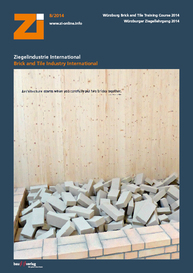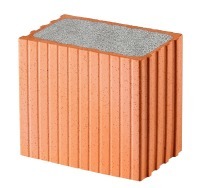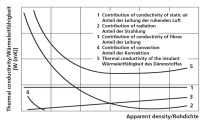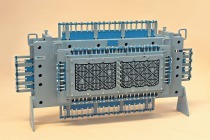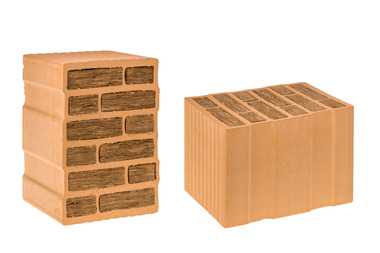Masonry with external thermal insulation composite systems
External thermal insulation composite systems applied to masonry are highly effective, easily installed and, above all, a cost-efficient means of fulfilling energy efficiency requirements all the way up to passive house standards. Only systems based on EPS or XPS (expanded or extruded polystyrene) are actually cost-efficient, though, as their large-scale production makes them specifically less costly. External thermal insulation composite systems, however, are made of other insulating materials and can cost many times more, hence rendering the resultant savings on energy hardly justifiable from an economic perspective.
But if energy efficiency measures involving external thermal insulation composite systems composed of optimally matched components are implemented for a newbuild or a building needing renovation, they certainly can help reduce energy consumption significantly.
Also, shear-deformable insulating materials like EPS, PUR and mineral wool cause much less stress and therefore reduce the likelihood of cracking as compared to rendering applied to highly thermally insulative masonry.
External thermal insulation composite systems also have drawbacks. For example, dew condensing on the façade can cause problems by promoting the growth of algae and moss. Currently, the only way to retard such growth is to mix herbicides into the rendering and paint. Also, even when EPS-base external thermal insulation composite systems are treated with “flame retarders“ to make them “fire-resistant” (B1), thusly insulated façades are still combustible. Façade fire protection remains inadequately regulated and continues to receive less attention than that given to the requirements for thermal insulation.
Dr. Dieter Figge, Fachverband Ziegelindustrie Nordwest e.V.


